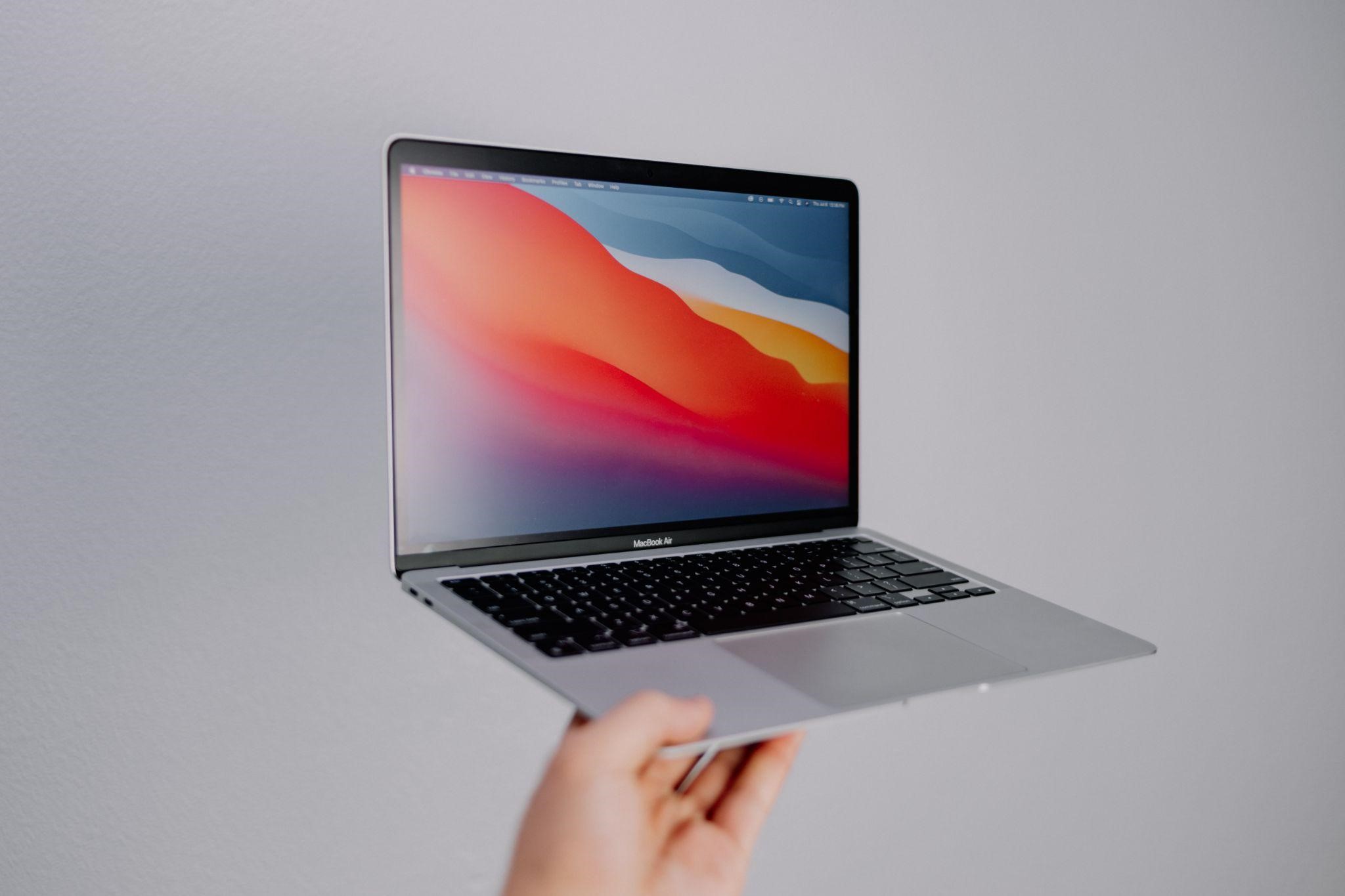
As a MacBook owner, you should be pretty confident about your computer as far as its performance and reliability go.
Macs are known to come with a premium price tag, but the money you spend is justified because the hardware is great.
Having said that, one should not expect to avoid issues. Ultimately, MacBooks are no different from other computers. Sooner or later, you are bound to encounter a problem. A problem that, if left unattended, can snowball and become too difficult to manage even for experienced specialists.
Identifying the first signs of potential trouble and knowing how to deal with them should be something that every computer owner needs to know.
Below, you will find 6 common issues MacBook owners face and what you can and should do to counter them.
File Management
Let’s start with file management. On the surface, it does not seem like that big of a deal, but one’s stance changes after they lose a file without the option to recover it.
Some Mac users also rely on Preview, a built-in tool, to merge multiple files to save space on the drive or to create a visual representation.
More often than not, the answer to file management issues is solved with third-party software. From data recovery and backup (Time Machine is still a great pick) to image editing and custom folder icons, there should be an app on the official store or a third-party website that can solve most of these issues.
Loud Noises and Overheating
As soon as you hear loud noises and notice that the MacBook is overheating, your immediate thought should be about the dust inside.
Over time, computers collect the dust inside them. The dust clogs internal fans and prevents them from cooling the hardware.
Now, it is worth noting that cleaning the dust inside a MacBook is not easy. If anything, the process is quite tricky. In addition to cleaning the dust, one also has to take the device apart and put it back together.
Not knowing how to do any of that is common, and you are probably better off relying on a computer service store that can clean the dust for you.
One final thing to note about this particular problem is a cooling pad. In case you want to create an extra way to manage the overheating and loud noise issue, then investing in such an accessory is worth it.
Random Restarts

As a rule of thumb, it is recommended to restart your computer once every few hours to stop memory leaks.
However, if the MacBook is restarting without your assistance, it clearly means that something is wrong with the device.
More often than not, random restarts happen because the operating system detects a problem that it can solve only by rebooting the MacBook.
The problem might be related to software. For instance, if you noticed that these random restarts began after you downloaded a particular application, try to remove it from the computer.
Incompatible peripherals are worth a shout as well. If you connect external keyboards, mice, printers, and so on, expect to experience random restarts more often. Also, it does not matter whether a third-party peripheral is wireless or not.
Audio and Video Issues
Audio and video issues are often tricky to track down. For one, you do not know if it is a specific application or the system that is the source of the problem.
The first thing you should do is tinker with the settings. Audio settings might be all over the place, and restoring them is worth a try.
If you have problems with the microphone, make sure that the application has permission. Most apps require permission from the MacBook to access the microphone.
In the case of videos, the lack of updates might be a problem (this applies to audio as well). Different file formats might not work with a specific video player, so switching to a different application could be your only option.
FPS Drops in Video Games
Even if Macs are not the go-to pick to play video games, there are still plenty of titles one can enjoy on this operating system and computer.
In case frame drops are preventing you from experiencing the game, you can tinker with the settings and lower graphics.
Decluttering the desktop and quitting redundant background applications help as well because it frees up more system resources.
Slow Internet Browser

The last problem is related to your internet browser. Sometimes, the simplest solution is to simply download and install a different internet browser. As there are so many different options available for free, you do not have to worry about testing each browser to see how it performs.
Sluggish performance could be the result of too much cache. Installing redundant extensions and opening multiple tabs simultaneously are also not recommended.
